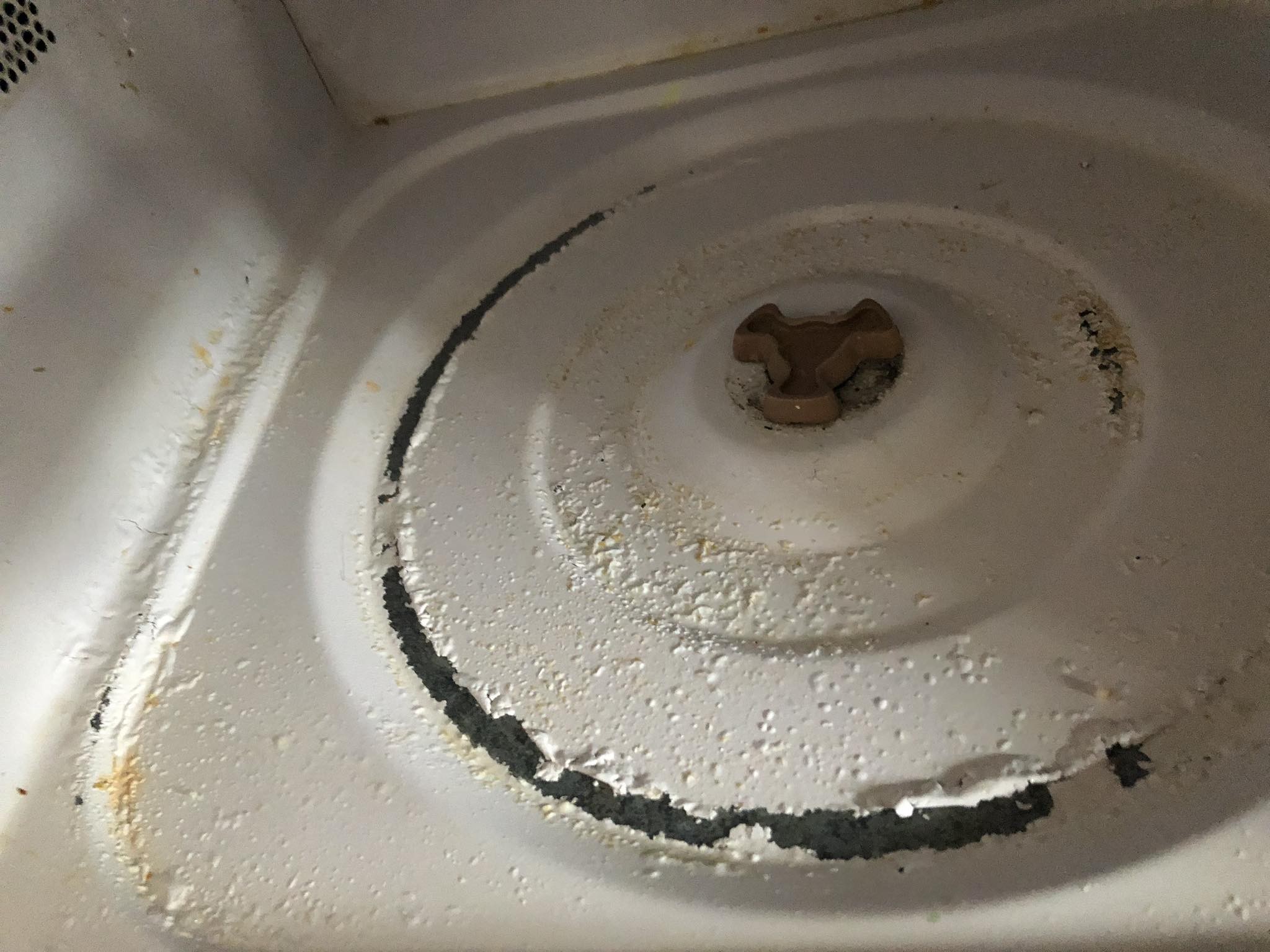Why does the inside of your microwave keep bubbling and peeling? It’s not just an unfortunate design flaw or bad luck—it actually has a lot to do with how you use and care for the appliance. I stumbled on a thread in a homemaking group where someone posted a photo of their microwave’s interior looking like it had survived a chemical meltdown—paint bubbling, flaking off in big patches—and the caption said something like, “This happens to every microwave I’ve owned.

What am I doing wrong?” At first, I laughed because honestly, I’ve had the same thing happen. But then I realized I had never actually thought about why it happens. Turns out, there are real mechanical and maintenance reasons behind it, and it’s not just some cosmic punishment for heating up too many leftovers. The paint inside a microwave isn’t just decorative—it plays a vital role in reflecting microwave radiation so your food heats evenly. When that paint starts to bubble or peel, it compromises the efficiency and safety of the appliance. One of the most common culprits is moisture, particularly steam from uncovered food. When you microwave something full of liquid—like soup or pasta sauce—without a cover, all that hot vapor blasts the interior surfaces, weakening the paint over time. Add repeated heat exposure, and bubbling becomes inevitable.
Another often-overlooked cause is overly aggressive cleaning. Scrubbing the interior with abrasive pads or using harsh chemical cleaners may feel satisfying, especially after a messy splatter, but these methods erode the enamel and paint layers. That means every time you scrub too hard, you’re shortening your microwave’s lifespan. Then there’s the issue of food spills. Acidic foods like tomato-based sauces or vinegar-heavy marinades can slowly eat away at the paint if not cleaned up promptly. If those messes are left to sit, they’ll do more damage than you’d think. And don’t forget that little plastic wheel under the glass turntable—if gunk builds up under it or it stops turning properly, it can grind against the microwave’s floor, scraping away paint little by little.
Now, is this bubbling and peeling just unsightly, or is it actually dangerous? Unfortunately, it can be a real problem. When the paint peels away and exposes bare metal, microwaves can start to bounce unpredictably, leading to tiny electrical sparks known as arcing. These sparks can be noisy, startling, and over time, damage the microwave or even start a fire. Rust is another concern—once metal is exposed and hit with constant steam, it will rust. Those flakes can fall into your food or cause further degradation.
While a tiny peeling spot might not seem like a big deal right away, it’s kind of like driving on a tire with a slow leak—you don’t know how long it’ll hold out. So, how do you prevent this mini-apocalypse from happening inside your microwave? First, cover your food. It takes two seconds to throw a paper towel or microwave-safe lid on your leftovers, but it makes a huge difference in protecting the interior. Second, wipe it down regularly—ideally after every use. Don’t wait until the stains are so bad you need industrial equipment to clean them. Also, ditch the metal scrubbers and harsh bleach cleaners. Stick to a soft cloth and gentle solutions like diluted vinegar or a baking soda paste. Occasionally, lift the turntable and clean underneath it—gunk buildup there can cause the wheel to scrape the floor as it turns, which only adds to the damage. And if you’re already dealing with peeling, yes, you can touch it up. There’s microwave-safe, high-heat paint available specifically for this purpose. Don’t just grab random white paint from the garage—using the wrong type could release toxins when heated. To apply it, gently sand the peeling area to remove loose flakes, clean it thoroughly, let it dry completely, and follow the directions on the label. But if the damage is widespread or the metal is rusted, it’s best to replace the microwave entirely. One last tip—don’t heat dishes too big for the turntable. If they can’t spin, hotspots can form, which might fry the paint in one area. Also, never use metal objects or foil inside, especially near exposed metal. You’re basically asking for sparks. For ongoing care, try placing a bowl of water with lemon juice or vinegar in the microwave and heating it for a few minutes once a week. The steam loosens grime, making it easy to wipe everything down without scrubbing. The bottom line? Treat your microwave with a little kindness and it’ll stick around a lot longer. Peeling paint might seem like a small cosmetic issue, but it’s really a warning sign that your appliance needs attention. The good news is, with a few simple habits, you can avoid all that bubbling and flaking in the first place.





